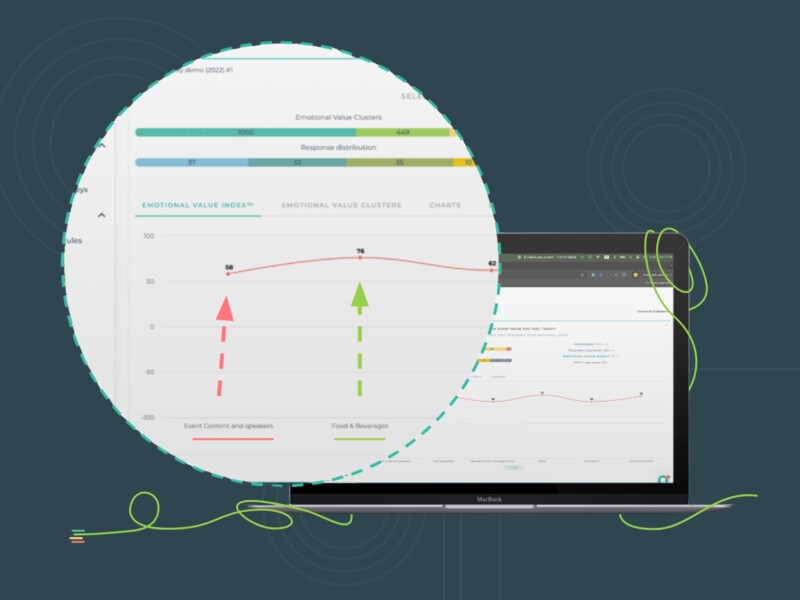Getting to know your customers and their shopping habits is key to nailing CX right. Intuitive brands can predict their customers’ course of action even before they have stepped into the store. It’s no magic. It’s the power of data. But CX data alone won’t help you achieve these desired goals. If you want a comprehensive understanding of your customers, you need to tap into other sources. In this regard, behavioral data plays a critical role in giving brands much-needed info on customer experiences, expectations, and preferences.
What is behavioral data?
Behavioral data refers to data about your customers’ actions and interactions with the business. It gives you a snapshot of customer behavior during their engagement with the brand. Some examples of behavioral data include website or page views, time spent on a page, newsletter subscriptions, account signups, adding items to a cart, and cart abandonment. You can collect them via your website, social media, mobile apps, customer support centers, CRMs, and many other sources.
Why is it important?
Unlike physical shopping stores, online stores don’t give you the opportunity to engage with your customers directly and understand their requirements. Behavioral data is very resourceful when it comes to compensating for the lack of physical interaction in e-commerce stores. It can help you enhance the buying journey by improving the shopping experience and the products available.
More importantly, behavioral data gives you an accurate picture of your targeted audience, which is paramount when offering personalized experiences. You can segment customers based on their behavioral traits. For example, these data can help you trigger better-targeted messages or feedback surveys, identify high-value clients, and focus on increasing their CLV.
It’s also noteworthy that consumer behavior is an evolving element, and routine analysis of behavioral data can give you valuable insights into the present business environment and the existing trends.
The relationship between behavioral data and CX
Customer experience inevitably affects customer behavior. For example, a poorly designed website with lags can lead to high cart abandonment rates and bounce rates. These are friction-heavy areas that need immediate attention. But, without diving deep, you wouldn’t know the specific issue that’s making customers feel frustrated and leave. Here’s when enriching CX data with behavioral data becomes paramount.
With behavioral data, you can gain insights into what customers do and how they react throughout the buying journey (when they are happy and when dissatisfied). With CX data, you will be able to identify the “why” of the existing pitfalls throughout the buying journey. For example, surveys like EVI® will tell you exactly how customers are feeling. Together, data about customer behavior and perceived experience aid brands in recognizing what is not working for them, where is the issue and what appropriate actions can be taken to improve customer behavior toward the wanted direction.
How can Feedbackly help?
With Feedbackly, you can analyze customer feedback enriched with behavioral data and you can use behavioral data to trigger feedback surveys. For example, you can trigger surveys when your website visitor opens a page that provides information on your product or service range. This survey can help you understand if the details provided are sufficient and serve the purpose of informing your customers without overwhelming them.
Surveys can be designed to appear after the customer has spent some time (pre-set number of seconds) or scrolled through a percentage of the page. It’s also possible to save the URL the feedback survey was answered on, making it easy to analyze the buying experience across the customer journey.
That’s not it. Feedbackly is equipped with many more tools to help you understand customer behavior and emotions to improve CX.
Learn more about how to use behavioral and other types of data for CX:




